VISION The Crafts Association in Finland 1965 Design Timo Sarpaneva ALVAR AALTO
EUR 279,99 Sofort-Kaufen oder Preisvorschlag, EUR 20,00 Versand, eBay-Käuferschutz
Verkäufer: libro8 ✉️ (207) 100%,
Artikelstandort: Italia, IT,
Versand nach: WORLDWIDE,
Artikelnummer: 154385853880
VISION The Crafts Association in Finland 1965 Design Timo Sarpaneva ALVAR AALTO. VISION Konstflitföreningen i Finland Suomen Taideteollisuusyhdistys Finnish Arts and Crafts Association Finlands Nationalmuseum Helsinki , 1965 , 122 p. ; 21 x 21cm SVENSKA / SWEDISH FIRST EDITION HARDCOVER CANVAS Idea : Gummerus Design : Timo Sarpaneva Photo : Jürgen Vorberg Text : Kai Laitinen The history of Finnish design through some iconic objects photographed by Jürgen Vorberg and told by the writer Kai Laitinen Shape and color reflect a country's history. The design gives a picture of a people and its way of life. This book is a point of view: a vision. One of the signs of the national revival was the Crafts Association in Finland, which was founded by the author and historian Zacharias Topelius in 1875 with the task of monitoring and developing the arts and crafts. The association is intimately connected with Finland's cultural history and the development of the art industry. The Finnish art industry is characterized by three important periods of upswing. The first came at the turn of the century when the idea of creating a national interior design style was raised and when the ideas of the Art Nouveau style also made their mark on Finnish artists. This stage culminated in the Finnish pavilion at the World's Fair in Paris in 1900. It presented Finland to many foreigners for the first time and thus laid the groundwork for a perception of our special position and a recognition of our independence. The second period occurred during the interwar period in the 1930s; it in turn joins the development of architecture and the breakthrough of functionalism. The third and largest expansion began in the 50's and has created the concept of Finnish Design. Despite the changing fashion styles, tithes can see two leading ideas that have reappeared in the Finnish art industry. One is the pursuit of a synthesis of national and international style elements and a balance between them. The second is the tendency to use the same materials that have been used over the centuries. Forma e colore riflettono la storia di un paese. Il design dà un'immagine di un popolo e del suo modo di vivere. Questo libro è un punto di vista: una visione. Uno dei segni della rinascita nazionale fu l'Associazione dei mestieri in Finlandia, fondata dall'autore e storico Zacharias Topelius nel 1875 con il compito di monitorare e sviluppare le arti e l'artigianato. L'associazione è intimamente collegata alla storia culturale della Finlandia e allo sviluppo dell'industria artistica. L'industria artistica finlandese è caratterizzata da tre importanti periodi di ripresa. Il primo è avvenuto all'inizio del secolo, quando è stata sollevata l'idea di creare uno stile di interior design nazionale e quando le idee dello stile Art Nouveau hanno lasciato il segno anche negli artisti finlandesi. Questa fase è culminata nel padiglione finlandese all'Esposizione Universale di Parigi nel 1900. Ha presentato per la prima volta la Finlandia a molti stranieri, ponendo così le basi per una percezione della nostra posizione speciale e un riconoscimento della nostra indipendenza. Il secondo periodo si è verificato durante il periodo tra le due guerre negli anni '30; a sua volta si unisce allo sviluppo dell'architettura e alla svolta del funzionalismo. La terza e più grande espansione è iniziata negli anni '50 e ha creato il concetto di design finlandese. Nonostante i mutevoli stili di moda, le decime possono vedere due idee principali che sono riapparse nell'industria artistica finlandese. Uno è la ricerca di una sintesi di elementi stilistici nazionali e internazionali e di un equilibrio tra di loro. La seconda è la tendenza a utilizzare gli stessi materiali che sono stati utilizzati nel corso dei secoli. ARTISTS AND COMPANIES IN THIS BOOK Alvar Aalto Airam Tamara Aladin Artek Asko Björneborgs Bomull Rut Bryk Olof Bäckström Vuokko Eskolin - Nurmesniemi Finlayson - Forssa Finnrya Finska Handarbetets Vänner Fiskars Kaj Franck Bertel Gardberg Raija Gripenberg Hackman Hopeatehdas Iittala Glasbruk Kirsti Ilvessalo Inhemsk Ull Lisa Johansson - Pape Dora Jung Birger Kaipiainen Kalevala Koru Kielo Louhivaara Olli Mannermaa Marimekko Metalliteos Marjatta Metsovaara Neovius Norrmark Slöjd Yki Nummi Annika Piha Ulla Procopé Börje Rajalin Kirsti Rantanen Riihimäen Lasi W. Rosenlew Kyllikki Salmenhaara Pentti Sarpaneva Timo Sarpaneva Uhra Simberg - Ehrström Skanno Someron Kutomo Nanny Still - McKinney Stockmann - Orno Liisa Suvanto Tampella Ilmari Tapiovaara Helena Tarvajärvi Tehokaluste Terttu Tomero Helena Tynell Björn Weckström Fredrika Wetterhoffs institut för hemslöjd Tapio Wirkkala Helmi Vuorelma Wärtsilä - Arabia Wärtsilä - Helsingforsfabriken Wärtsilä - Notsjö Glas Shape and color reflect a country's history. The design gives a picture of a people and its way of life. This book is a point of view: a vision. One of the signs of the national revival was the Crafts Association in Finland, which was founded by the author and historian Zacharias Topelius in 1875 with the task of monitoring and developing the arts and crafts. The association is intimately connected with Finland's cultural history and the development of the art industry. The Finnish art industry is characterized by three important periods of upswing. The first came at the turn of the century when the idea of creating a national interior design style was raised and when the ideas of the Art Nouveau style also made their mark on Finnish artists. This stage culminated in the Finnish pavilion at the World's Fair in Paris in 1900. It presented Finland to many foreigners for the first time and thus laid the groundwork for a perception of our special position and a recognition of our independence. The second period occurred during the interwar period in the 1930s; it in turn joins the development of architecture and the breakthrough of functionalism. The third and largest expansion began in the 50's and has created the concept of Finnish Design. Despite the changing fashion styles, tithes can see two leading ideas that have reappeared in the Finnish art industry. One is the pursuit of a synthesis of national and international style elements and a balance between them. The second is the tendency to use the same materials that have been used over the centuries. Forma e colore riflettono la storia di un paese. Il design dà un'immagine di un popolo e del suo modo di vivere. Questo libro è un punto di vista: una visione. Uno dei segni della rinascita nazionale fu l'Associazione dei mestieri in Finlandia, fondata dall'autore e storico Zacharias Topelius nel 1875 con il compito di monitorare e sviluppare le arti e l'artigianato. L'associazione è intimamente collegata alla storia culturale della Finlandia e allo sviluppo dell'industria artistica. L'industria artistica finlandese è caratterizzata da tre importanti periodi di ripresa. Il primo è avvenuto all'inizio del secolo, quando è stata sollevata l'idea di creare uno stile di interior design nazionale e quando le idee dello stile Art Nouveau hanno lasciato il segno anche negli artisti finlandesi. Questa fase è culminata nel padiglione finlandese all'Esposizione Universale di Parigi nel 1900. Ha presentato per la prima volta la Finlandia a molti stranieri, ponendo così le basi per una percezione della nostra posizione speciale e un riconoscimento della nostra indipendenza. Il secondo periodo si è verificato durante il periodo tra le due guerre negli anni '30; a sua volta si unisce allo sviluppo dell'architettura e alla svolta del funzionalismo. La terza e più grande espansione è iniziata negli anni '50 e ha creato il concetto di design finlandese. Nonostante i mutevoli stili di moda, le decime possono vedere due idee principali che sono riapparse nell'industria artistica finlandese. Uno è la ricerca di una sintesi di elementi stilistici nazionali e internazionali e di un equilibrio tra di loro. La seconda è la tendenza a utilizzare gli stessi materiali che sono stati utilizzati nel corso dei secoli. Arazzo / Arredamento / Arte Contemporanea / Book / Ceramic / Ceramica / Contemporary Art / Ceramic / Ceramica / Design / Esposizione / E xhibition / Fabric / Fabrics / Finland / Finlandia / Foto / Fotografia / Fotografo / Furniture / Glass / Glasses / History / Legno / Linen / Lino / Mobili / Modern / Moderna / Mostra / Museo Nazionale Finlandese / Photo / Photograpy/ Photos / Porcelain / Porcelaine / Porcellana Scandinava / Scandinavia / Scultore / Scultura / Storia / Suomi Kansallismuseo / Tapestry / Tessuto / Tessuti / The National Museum of Finland / Verre / Wood pagamenti: paypal / bonifico / vaglia postale spedizioni: raccomandata / pacco ordinario / pacco celere / corriere contattatemi per informazioni e richieste pay as is > visto e piaciuto
- Condition: Neu
- Autore: Timo Sarpaneva
- Soggetto: Arte Contemporanea
- Titolo del libro: VISION Konstflitföreningen i Finland
- Editore: Finland Nationalmuseum
- Edizione: Prima Edizione
- Lingua: Svedese
- Data di pubblicazione: 1965
- Nome della pubblicazione: VISION Konstflitföreningen i Finland
- Luogo di pubblicazione: Helsinki
- Formato: Copertina rigida
PicClick Insights - VISION The Crafts Association in Finland 1965 Design Timo Sarpaneva ALVAR AALTO PicClick Exklusiv
- Popularität - 4 Beobachter, 0.0 neue Beobachter pro Tag, 1.139 days for sale on eBay. Sehr hohe beobachtend. 0 verkauft, 1 verfügbar.
- Bestpreis -
- Verkäufer - 207+ artikel verkauft. 0% negativ bewertungen. Großer Verkäufer mit sehr gutem positivem Rückgespräch und über 50 Bewertungen.
Die Leute Mochten Auch PicClick Exklusiv
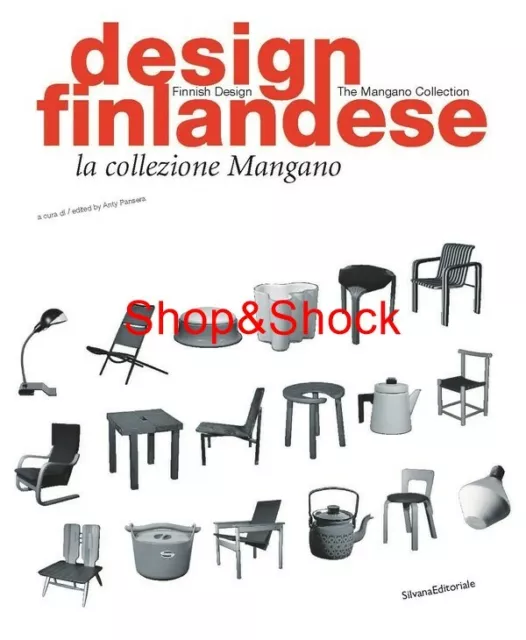
FINNISH DESIGN The Mangano Collection Libro Book Alvar Aalto Wirkkala Sarpaneva
EUR 269,99 Sofort-Kaufen 21d 1h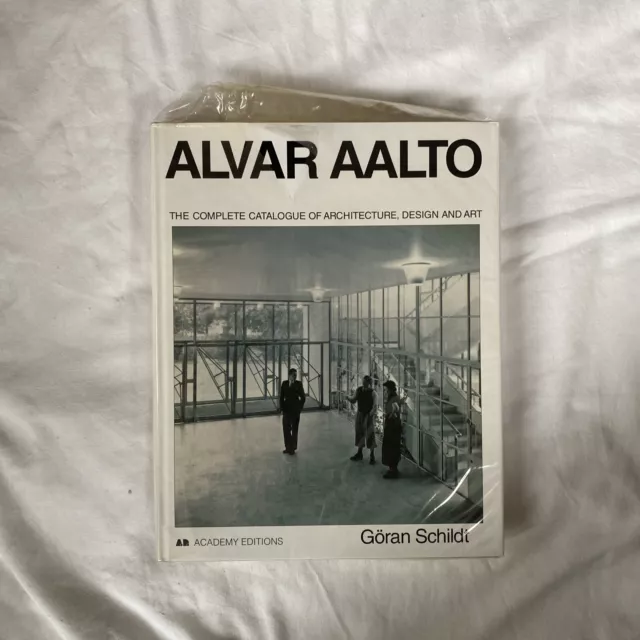
Alvar Aalto - The Complete Catalogue Of Architecture, Design And Art
EUR 110,70 Sofort-Kaufen 13d 16h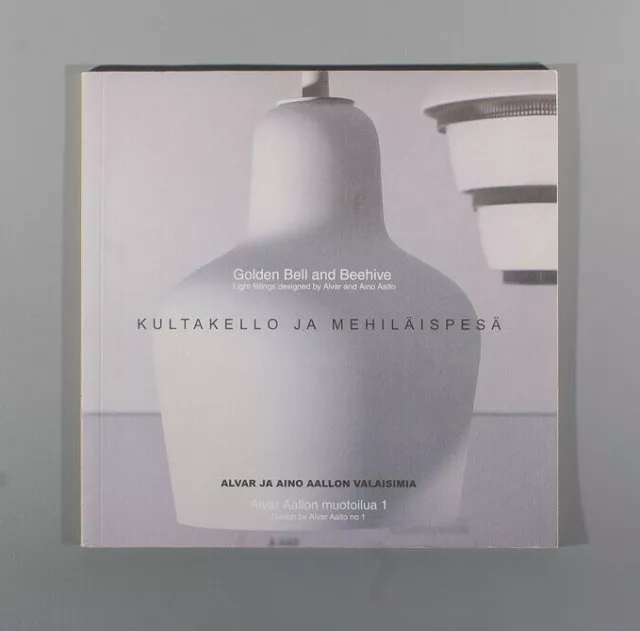
Golden Bell and the Beehive Alvar Aalto lighting rare
EUR 236,55 Sofort-Kaufen 26d 14h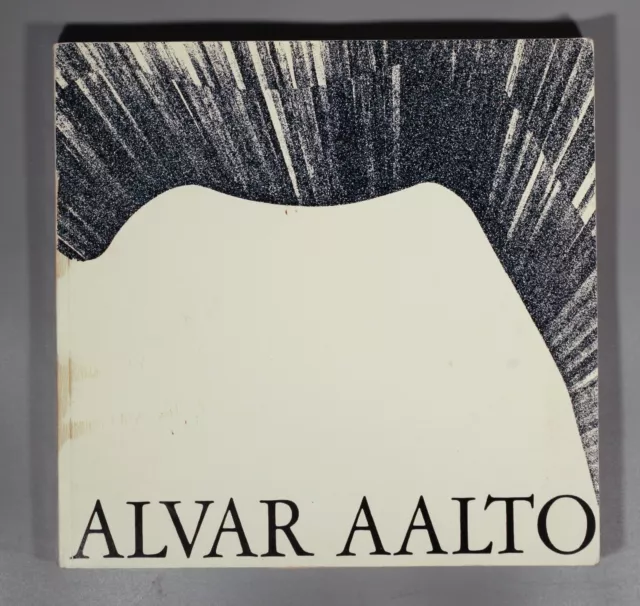
Rare Alvar Aalto 1967 catalogue furniture lighting glass Finnish language
EUR 132,17 Sofort-Kaufen 26d 14h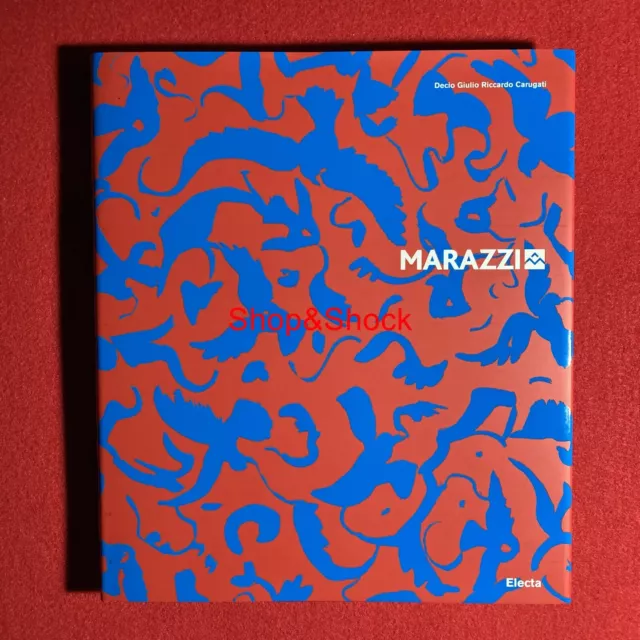
MARAZZI Libro Book Design Colori Disegni Motivi Piastrelle Gio Ponti Alvar Aalto
EUR 269,99 Sofort-Kaufen 19d 13h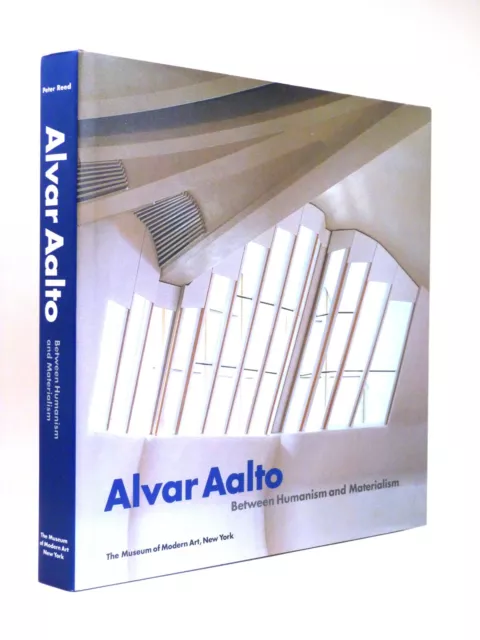
ALVAR AALTO Between Humanism and Materialism 1998 1st HB DW Finnish architect
EUR 58,60 Sofort-Kaufen 8d 20h
Alvar Aalto: The Complete Catalogue of Architecture, Design, and Art HB DJ 1994
EUR 155,86 Sofort-Kaufen 5d 23h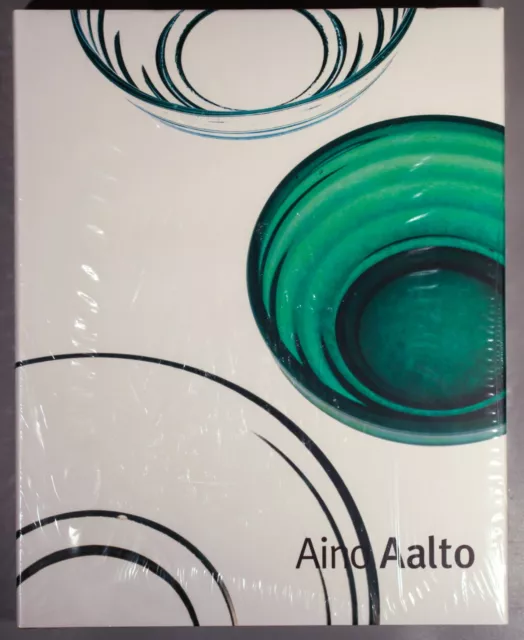
Aino Aalto by Kinnunen Ulla 2004 monograph from Alvar Aalto Museum New in Wraps
EUR 154,98 Sofort-Kaufen 26d 14h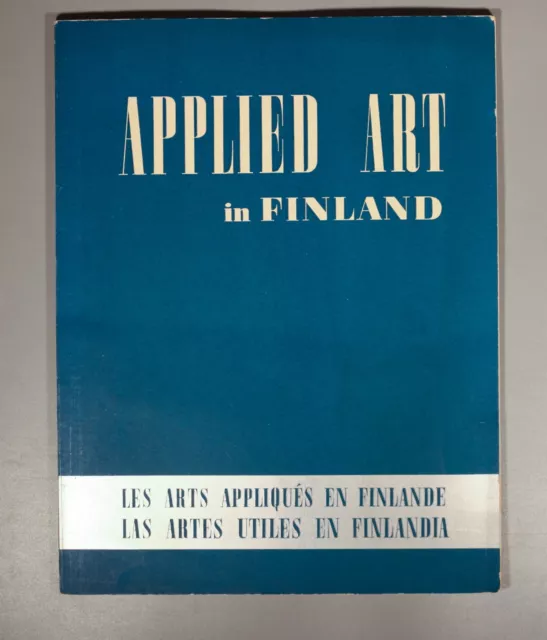
Applied Arts In Finland 1939 World Fair Aalto Tapiovaara Paavo Tynell catalogue
EUR 140,90 Sofort-Kaufen 26d 14h
Pansera Design Finlandese 2006 catalogue Aalto Wirkkala Kaj Franck Tapiovaara
EUR 133,13 Sofort-Kaufen 26d 14h
Alvar Aalto: Objects and furniture design Sandra Dachs 2007 well illustrated
EUR 107,22 Sofort-Kaufen 26d 14h
Aino Aalto by Kinnunen Ulla 2004 monograph from Alvar Aalto Museum
EUR 137,15 Sofort-Kaufen 26d 14h
Applied Arts In Finland 1939 World Fair Aalto Tapiovaara Paavo Tynell catalogue
EUR 118,45 Sofort-Kaufen 26d 14h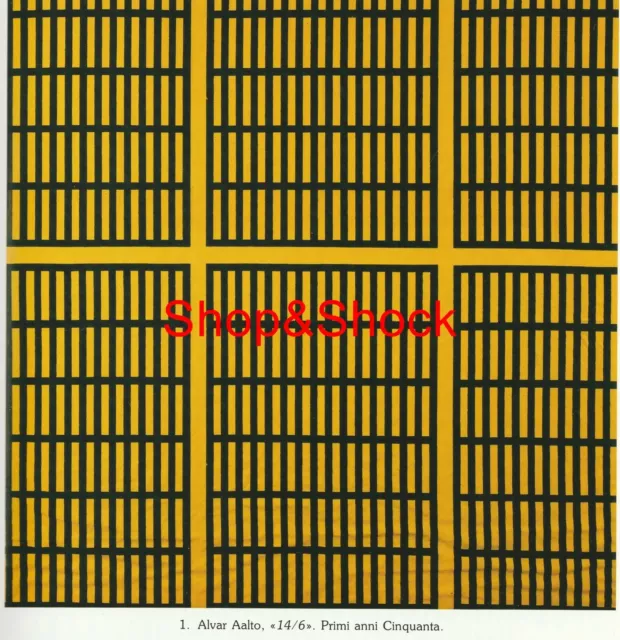
AVIGDOR Libro Furnishing Fabrics Textile Alvar Aalto Gio Pomodoro Ponti Sottsass
EUR 269,99 Sofort-Kaufen 17d 14h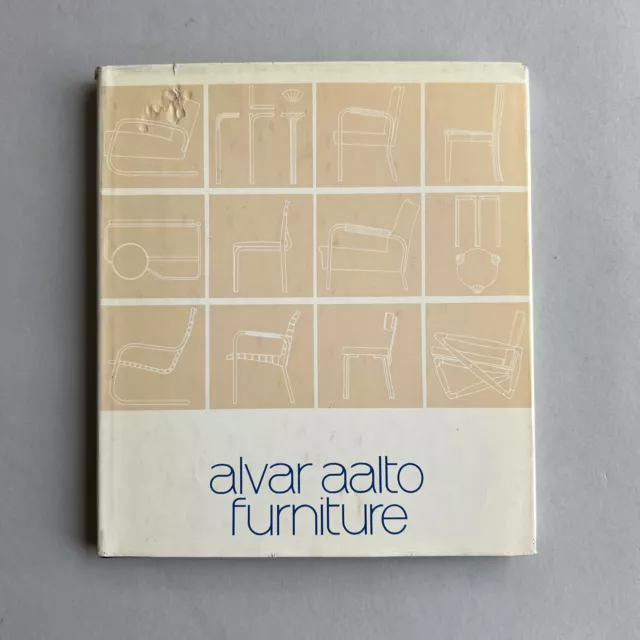
Alvar Aalto Furniture - Artek Museum 1984 - Hardcover Ed.
EUR 50,00 Sofort-Kaufen 13d 15h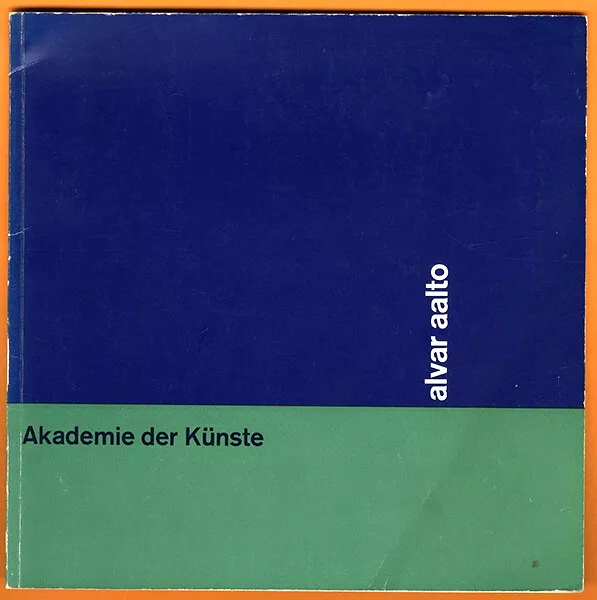
Finnland Architektur Design Moderne Alvar Aalto Ausstellung Katalog Berlin 1963
EUR 15,00 Sofort-Kaufen 28d 22h
Out of Print Alvar Aalto Furniture 1984 Finnish museum well illustrated Pallasma
EUR 115,96 Sofort-Kaufen 26d 14h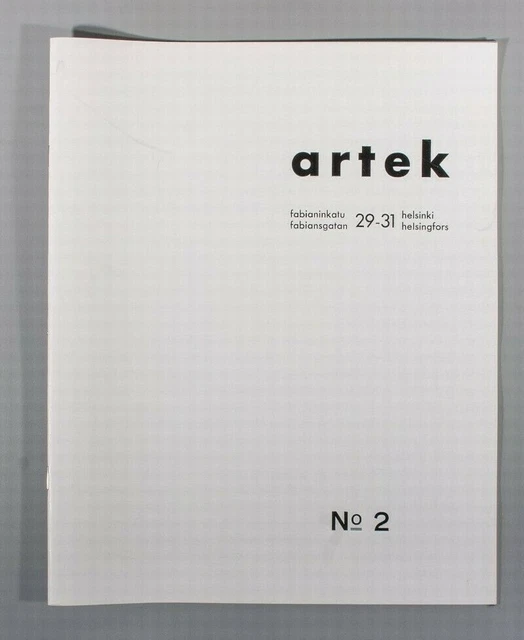
1939 Artek catalogue of Alvar Aalto Furniture 2002 fascimile/reprint
EUR 57,35 Sofort-Kaufen 26d 14h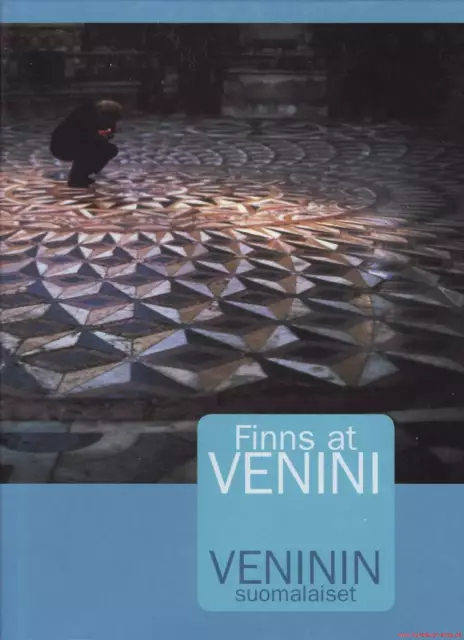
Fachbuch Finnen bei Venini MURANO Tapio Wirkkala, Timo Sarpaneva, Harri Koskinen
EUR 64,80 Sofort-Kaufen 3d 22h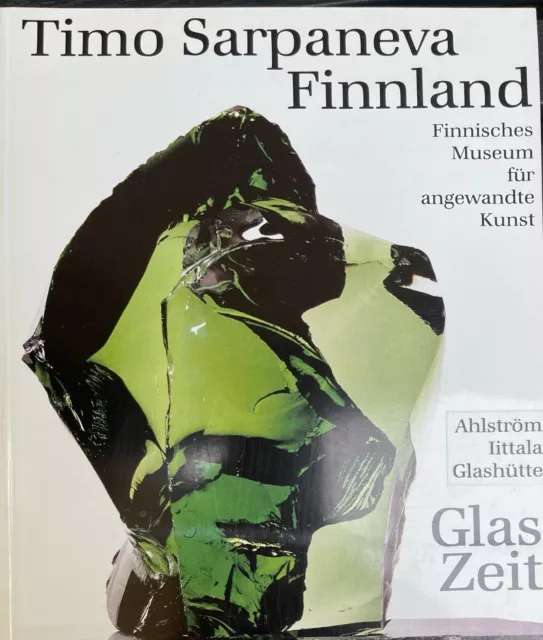
Timo Sarpaneva Finnland Glas Zeit, Timo Sarpaneva, Finnland Glas , Glas
EUR 38,00 Sofort-Kaufen 29d 1h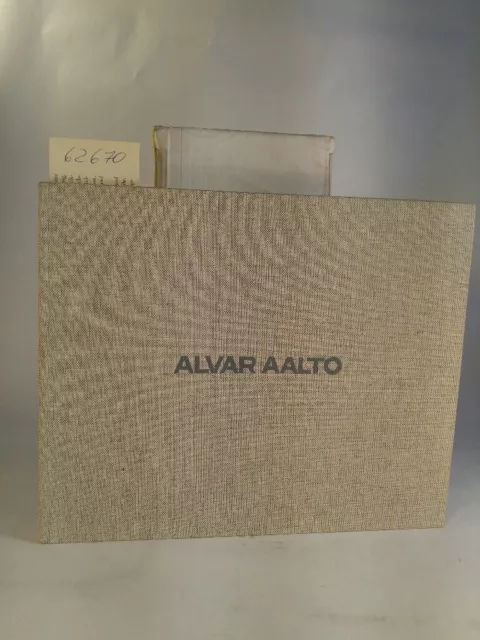
Alvar Aalto Fleig, Karl (Hrsg.):
EUR 73,00 Sofort-Kaufen 9d 0h
Alvar Aalto The Decisive Years Goran Schildt 1st HB/DW
EUR 62,34 Sofort-Kaufen 19d 17h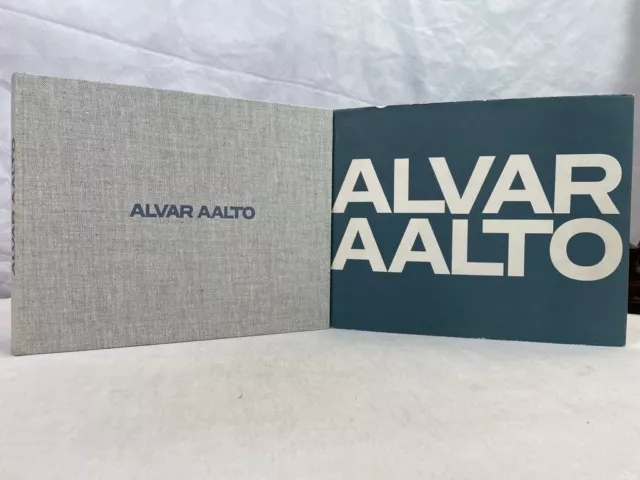
Alvar Aalto. Alvar Aalto. [Red. Bearb.: Karl Fleig. Trad. française: H. R. von d
EUR 80,50 Sofort-Kaufen 18d 0h
Alvar Aalto's Jyväskylä. Aalto, Alvar:
EUR 22,00 Sofort-Kaufen 2d 0h
rare Alvar and Aino Aalto as Glass Designers Grönstrand Satu 1988
EUR 119,70 Sofort-Kaufen 26d 14h
Alvar Aalto: Mobel Die Sammlung Kossdorff exhibition catalogue 2002
EUR 122,19 Sofort-Kaufen 26d 14h![Alvar Aalto [Deutsch - English - Français] Fleig, Karl (redaktionelle Bearbeitun Alvar Aalto [Deutsch - English - Français] Fleig, Karl (redaktionelle Bearbeitun](https://www.picclickimg.com/ArkAAOSwWvZmHC0J/Alvar-Aalto-Deutsch-English-Fran%C3%A7ais-Fleig.webp)
Alvar Aalto [Deutsch - English - Français] Fleig, Karl (redaktionelle Bearbeitun
EUR 80,14 Sofort-Kaufen 9d 23h
Scarce Kalin 1986 Timo Sarpaneva signed German edition number 8 of 200
EUR 205,09 Sofort-Kaufen 17h 22m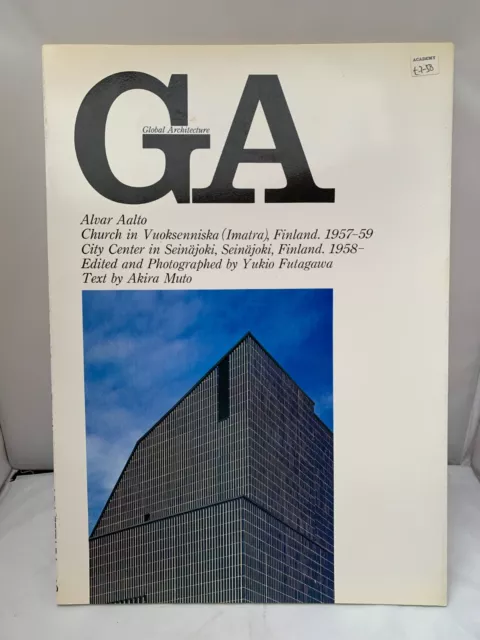
Global Architecture Magazine 1972 - Alvar Aalto - Finland - Vuoksenniska Church
EUR 23,25 Sofort-Kaufen 30d 18h
Kalin 1986 Timo Sarpaneva glass textiles ceramics Iittala Rosenthal English
EUR 228,39 Sofort-Kaufen 26d 14h


